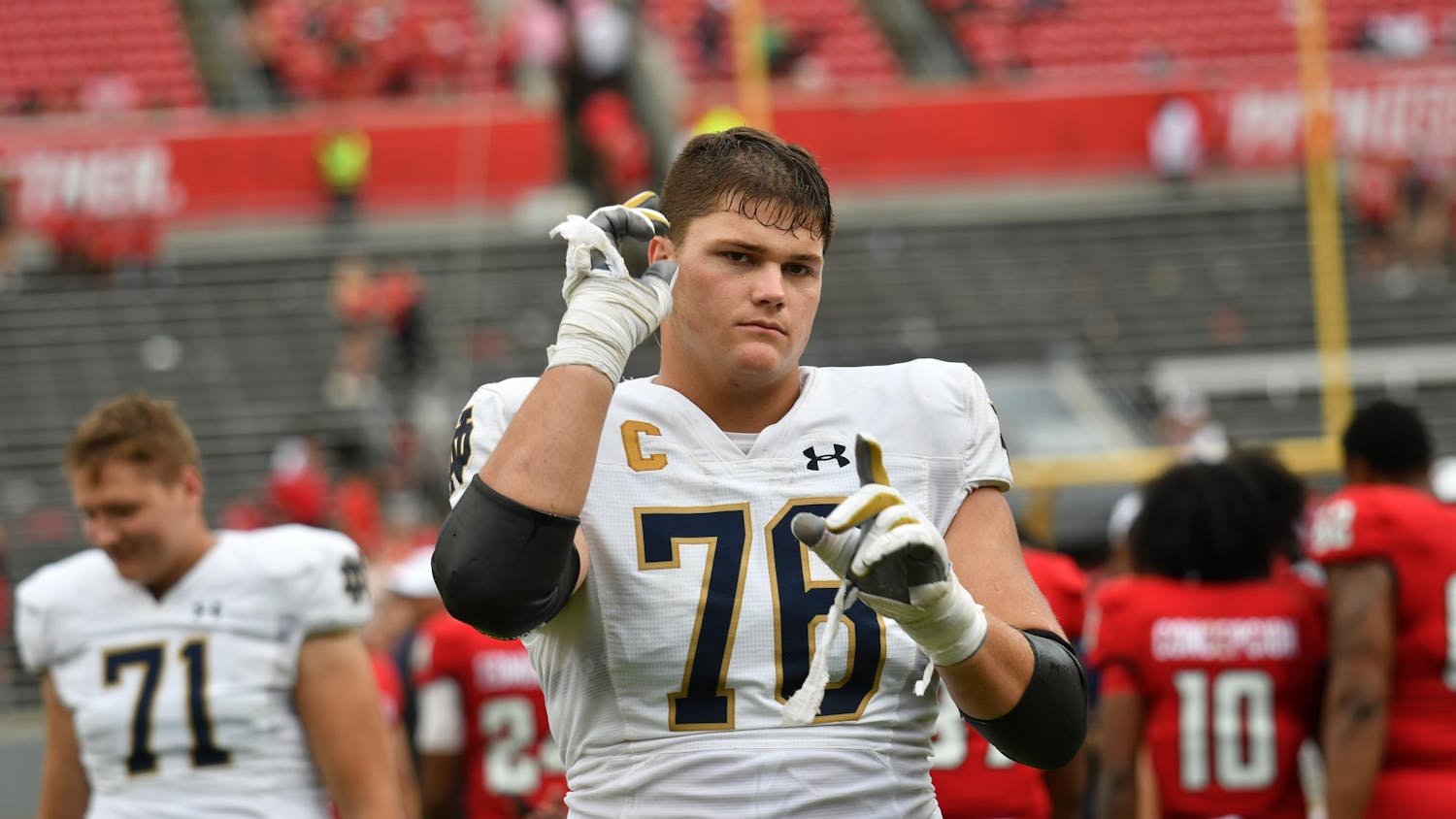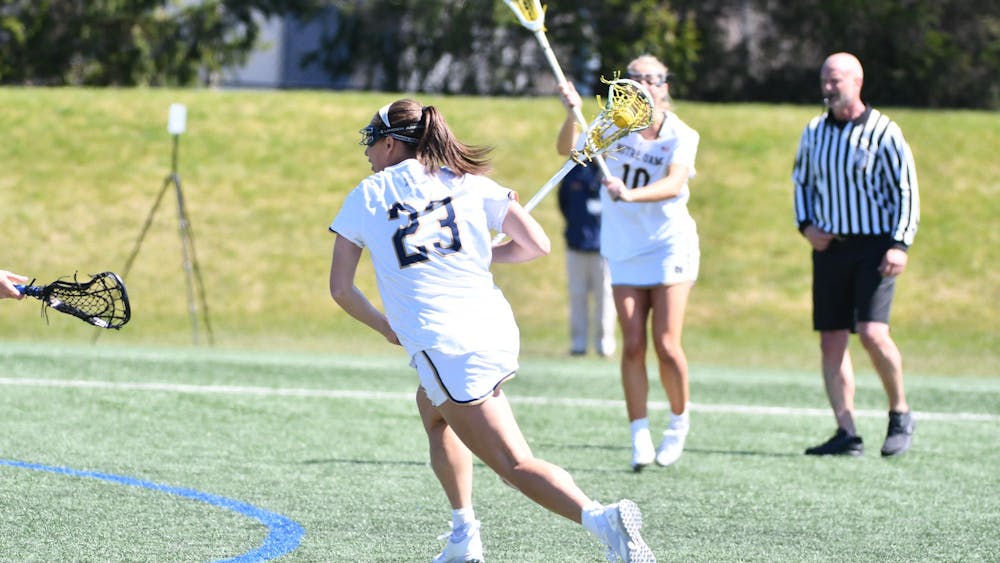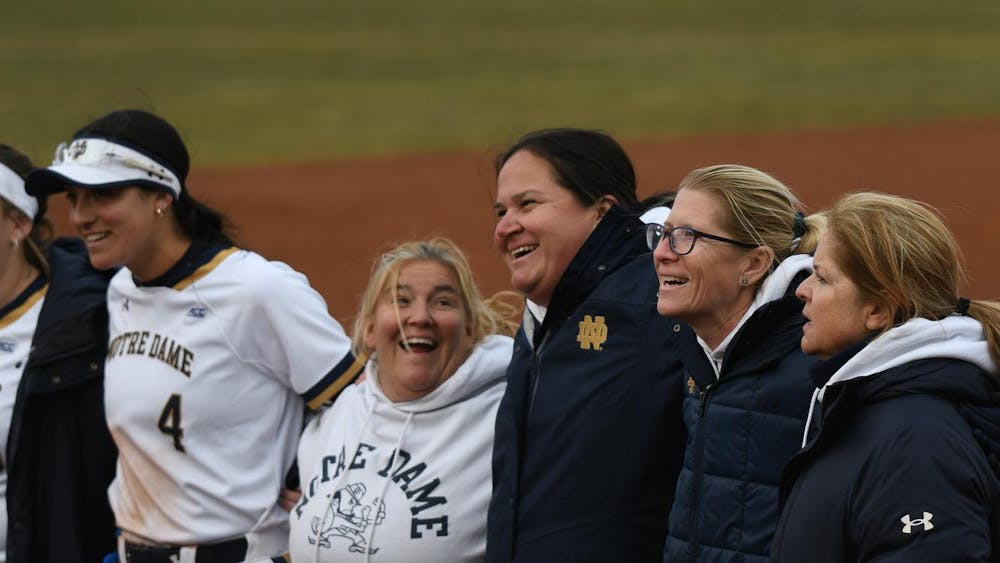If you've been too focused on basketball and hockey to notice the start of the Major League Baseball (MLB) season, I certainly can't blame you.
But you might want to take a look at today's schedule. There's an interesting afternoon tilt between the new-look Blue Jays and the defending American League (A.L.) champion Tigers. There's also a matchup between the Orioles, last year's Cinderella, and the surging Red Sox, as well as an AL West showdown between the A's and Angels.

One matchup, however, may catch your eye just a little bit more: Nationals vs. White Sox.
Relax. It's not a misprint or a make-up of a spring training game.
It's the new reality of interleague play.
While the college sports landscape was changing in waves of realignment, MLB commissioner Bud Selig dipped his toe in the waters and sent the Houston Astros over to the American League. This marked the first time since 1998 that a team had switched leagues.
Given the Astros' woeful record, that wasn't much of a big story in and of itself but it did have an important consequence: for the first time, both professional baseball leagues would have an equal number of teams. Thus, the switch meant that interleague play would not be only a three-week gimmick at the start of summer, but a year-round fixture on the baseball landscape.
It was certainly an interesting move by Selig. After all, the MLB seems to have no imminent expansion plans and divisions had been well established.

But it was also a smart move, in an era where baseball is always trying to keep with the times, to potentially really help the game reach out to its fans.
I'll probably offend some baseball purists here, but I'm not afraid to admit that I've always really liked interleague play.
Interleague helps foster natural rivalries, as it often pits teams against each other that are geographically close . As a Yankees fan, I've always found the "Subway Series" matchups with the cross-town Mets to be some of the most entertaining games on the schedule. I also get a kick out of such rivalries as the "Bay Bridge Series" between the A's and Giants, the "Crosstown Classic" between the Cubs and White Sox and the "Freeway Series" between the Dodgers and Angels.
Interleague play also gives fans a chance to see teams and players they would otherwise never get to watch. Sure, it may create some unappealing matchups like the Marlins-Twins series at the end of this month, but it also features some intriguing showdowns like the Angels-Reds series played last week or next month's Tigers-Nationals series. And, either way, I'm sure the average Twins fan would be more interested to see Marlins slugger Giancarlo Stanton play at Target Field than watch another inter-divisional game against the Royals (who the Twins still play 19 times this season).
After looking at the other three professional sports leagues, it's just natural to wonder why MLB didn't institute any form of interleague play until 1997. The NFL, NBA and NHL have had interleague matchups since their very beginnings, making baseball's resistance to such matchups seem downright draconian. Last time I checked, both the American League and National League play nine innings, and players are traded between the leagues every day - why then are the two leagues kept apart from each other?
Ultimately, it comes down to the elephant in the room - the designated hitter. Until the two leagues come to an agreement on which nine players should be in the lineup, there will always be an awkwardness surrounding interleague games (though it's hilarious to see A.L. pitchers attempt to swing the bat).
At the same time, though, it's silly for America's two oldest professional sports leagues to simply avoid each other because of a disagreement over one position. That's why Mr. Selig - who I still begrudgingly refer to as the guy who settled for a tie in the All-Star Game - deserves applause for helping to ensure the two leagues play on a season-long basis.
In essence, that's why today's White Sox-Nationals game is being played. And it's why many other untraditional matchups will soon be part of the baseball landscape. While these games may require you to pore over some foreign rosters, you can rest assured knowing they're just another step in the evolution of a sport that's been developing since 1839.
Contact Brian Hartnett at bhartnet@nd.edu
The views expressed in this Sports Authority are those of the author and not necessarily those of The Observer.












